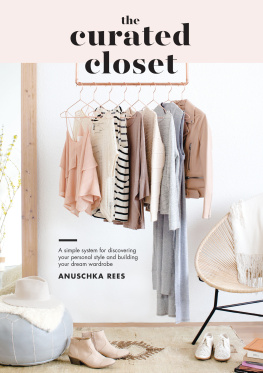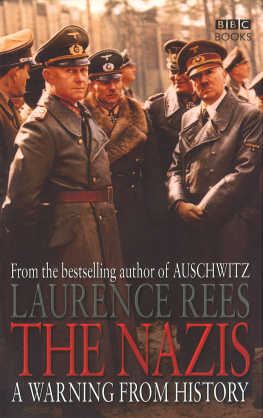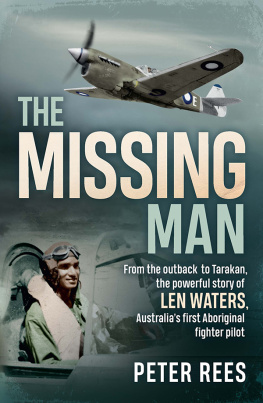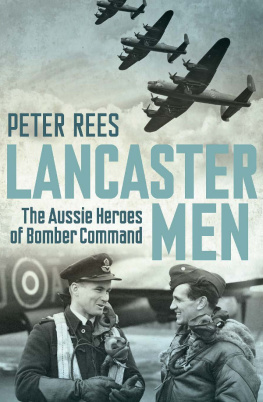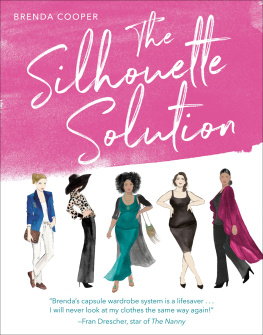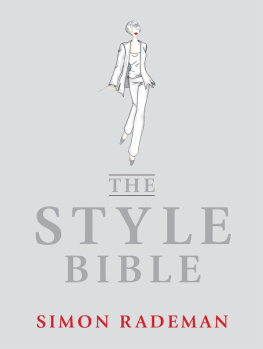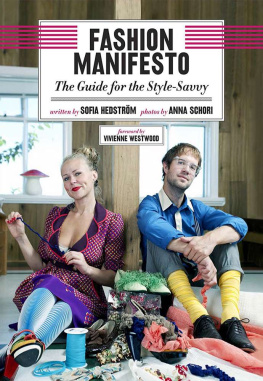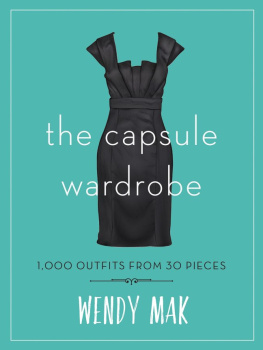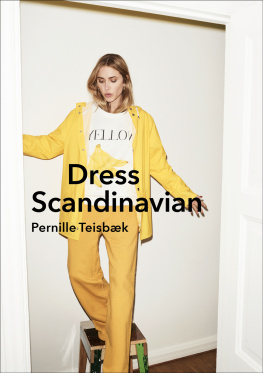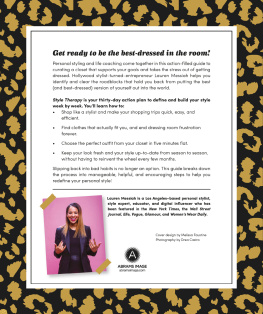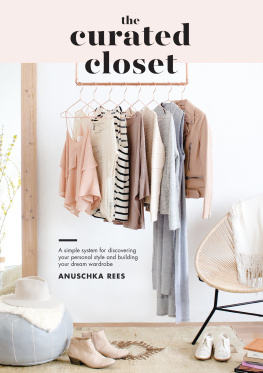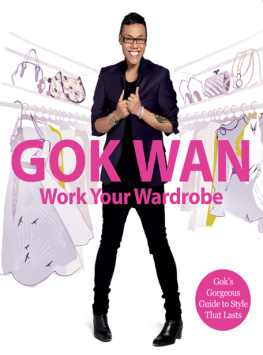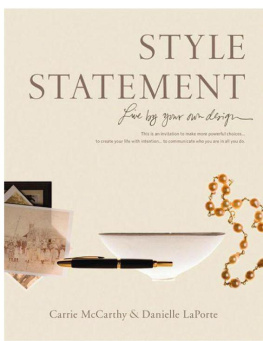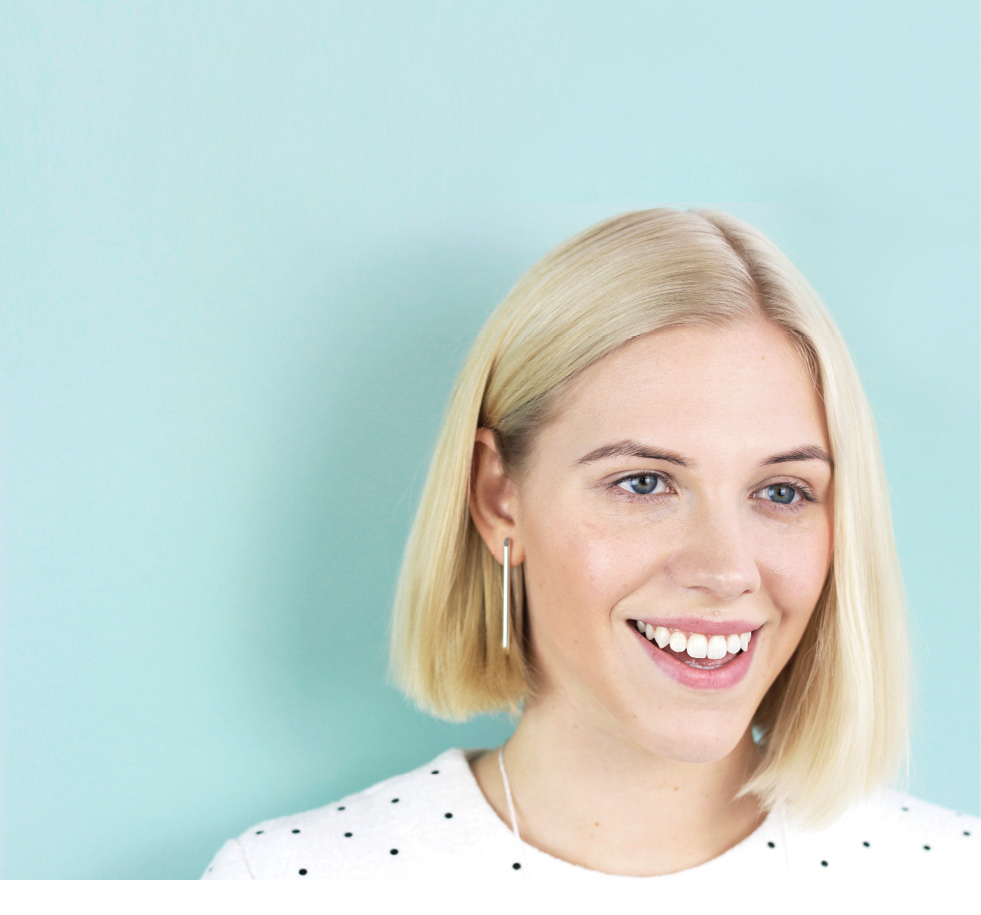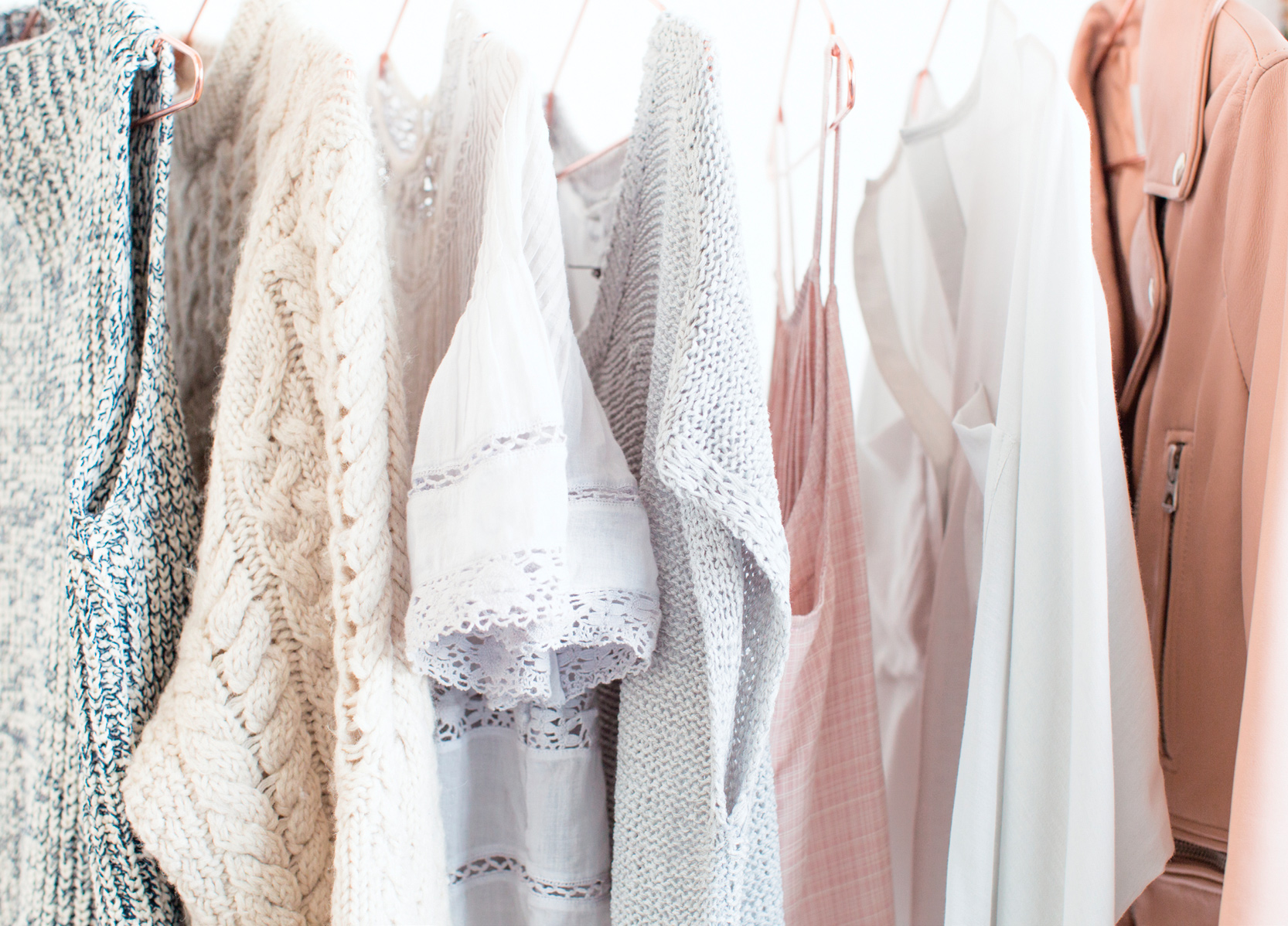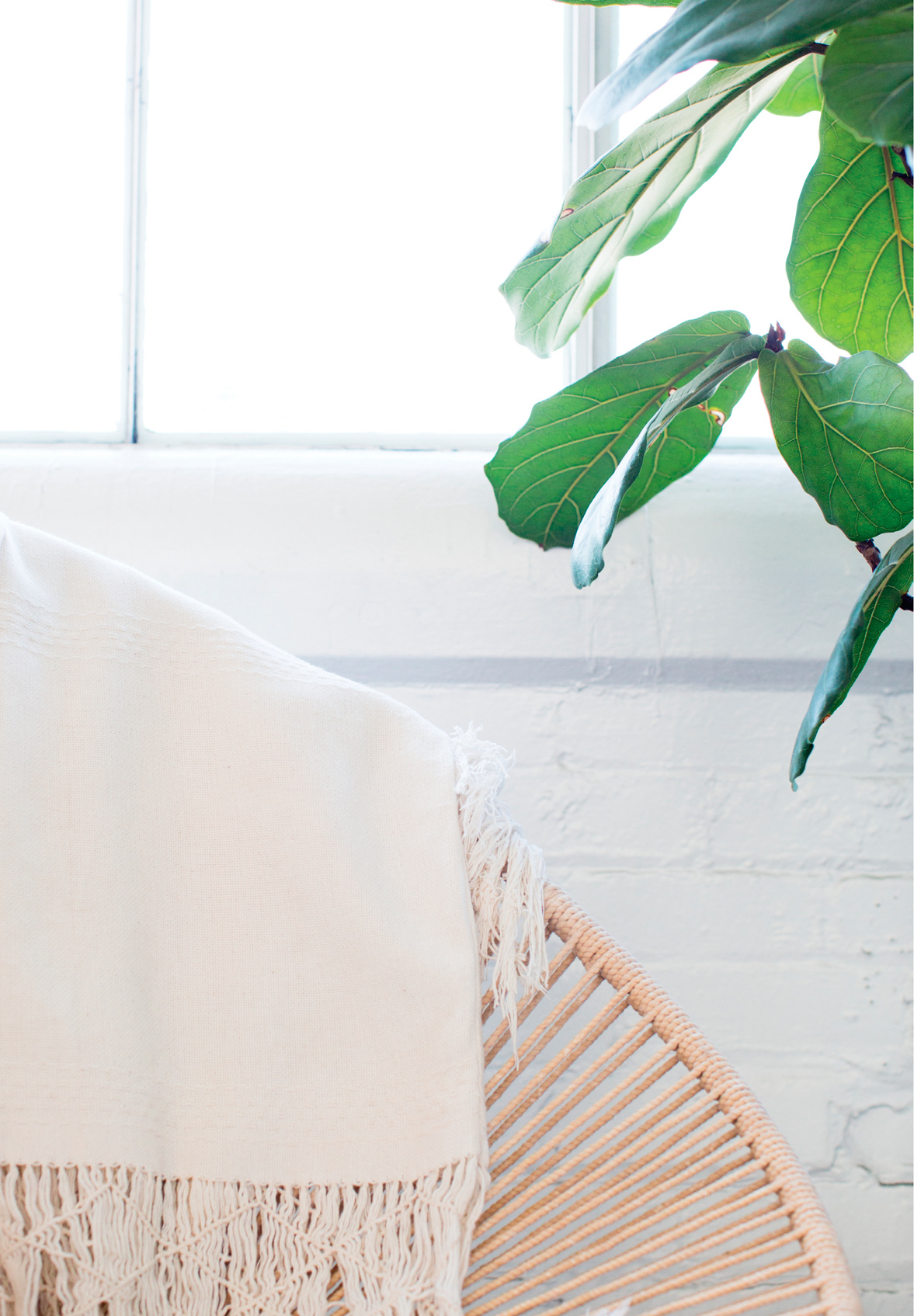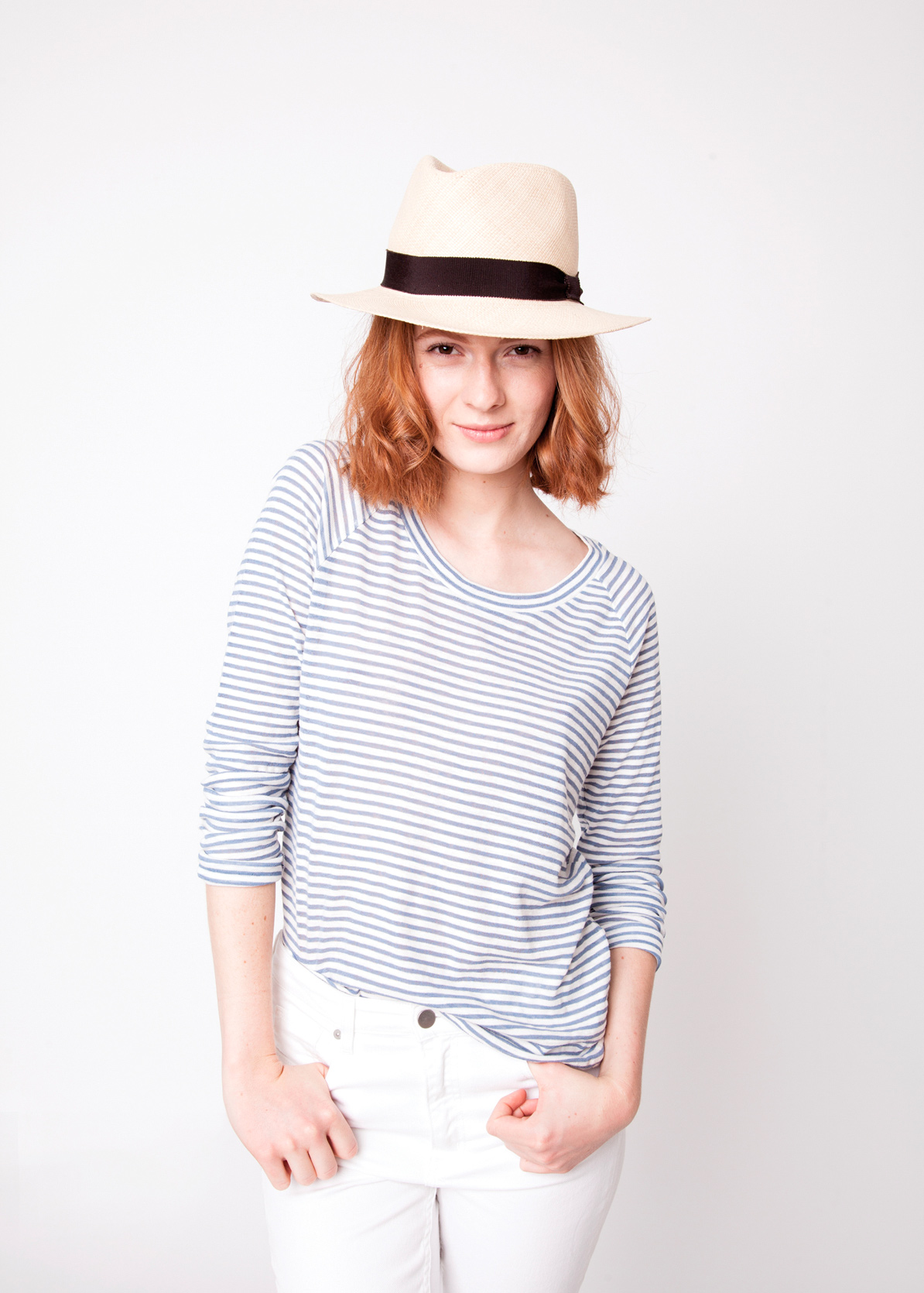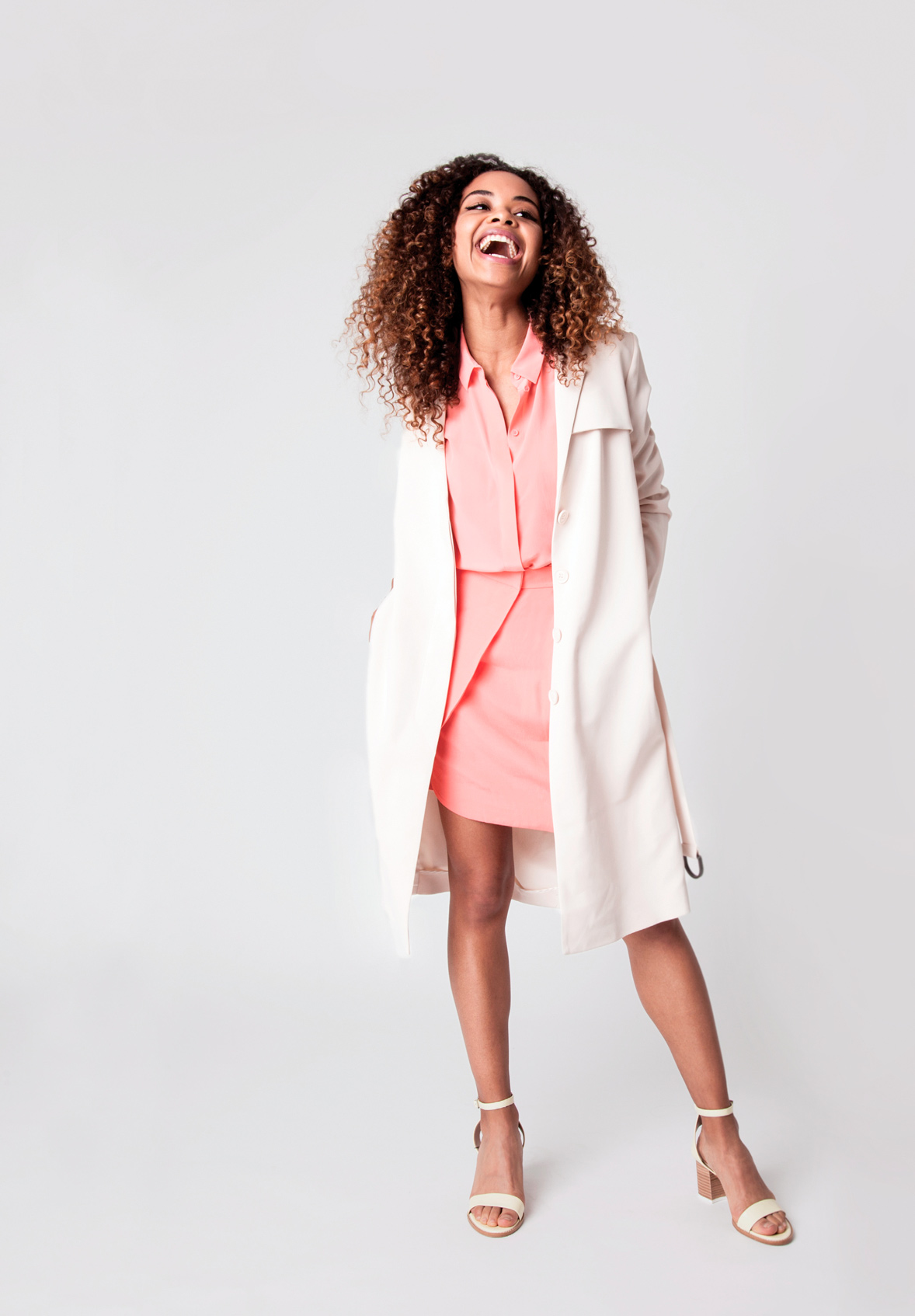Conclusion
I hope this book has helped you explore your relationship to clothes, discover your unique likes and dislikes, and build a wardrobe that makes you feel confident and inspired everyday. And I hope you had a ton of fun along the way!
And remember: Even the most perfectly curated closet isnt meant to be static. Your style is ever evolving, just like you are.
So feel free to reread this book or repeat your favorite exercises whenever your wardrobe needs a little tweaking.
About the Author
Anuschka Rees is a writer and the founder of popular style blog INTO MIND. She lives in Berlin, Germany. The Curated Closet is her first book.
INTO-MIND.com instagram.com/anuschkarees facebook.com/intomind
Acknowledgments
Big thank yous go to Kaitlin Ketchum, Lindsay Edgecombe, Anna Rose Hankow, Margaux Keres, and Emma Campion for all their hard work and enthusiasm; to all the readers of INTO-MIND for their input and encouragement; and to Ben and my parents for their love and support.
Lets talk strategy! A complete introduction to the five key principles that every single tip, technique, and exercise in this book is based on.
1. Be selective: Reserve your closet space for items you love 100 percent
Training yourself to become more selective is the single most effective thing you can do to upgrade your wardrobe. Try to think of your closet as an exclusive, members-only club. Only pieces that you love and are truly excited to wear get an invite. Anything ill-fitting, scratchy, worn-out, barely good enough, or that simply doesnt suit your personal style is not invited.
Now, it may seem common sense to not buy things you dont really like all that much, let alone keep them in your closet or even wear them, but, in reality, we often make do with imperfect things:
We buy items that we only half like because they are on sale or a good deal.
We wear clothes that are so uncomfortable we need to take them off as soon as we get home.
We keep items that stopped fitting years ago just in case they fit again someday.
We wear shoes that we can hardly walk in and that leave our feet covered in blisters.
We force ourselves to wear pieces that we feel only so-so about because they were expensive and we dont want to let that investment go to waste.
We wear worn-out, scruffy pieces around the house and hope nobody is going to stop by unannounced.
We wear clothes that ride up and tug in all the wrong places.
We wear outfits that dont make us feel confident or inspired because we simply dont have anything better in our wardrobe.
And why do we do all these things? Why do we spend our money on stuff that we dont even like? Why do we put up with clothes that are uncomfortable?
Because its easier, at least in the short term. It takes less mental energy to just make a quick decision and buy that top you need for an event at work, even when you dont really like how it fits around your bustline, than it is to spend another hour looking for one you really love. Its easier to just keep wearing your worn-out, stretchy pair of jeans than it is to go through the oftentimes exhausting process of finding a pair that fits the individual contours of your body perfectly. Most people are also more comfortable just putting up with battered feet after a night spent in ill-fitting heels than admitting that those eighty dollars were not well spent. In the same way, its easier to keep telling yourself youll fit into your old favorites again someday, even though theyre now two sizes too small, than it is to let go of them.
Of course, all these decisions make life easier only right in that moment. In the long run, having to keep readjusting a skirt that rides up with each step or deal with straps that painfully dig into your shoulders each time you wear a no-good piece is way more stressful. Its also stressful to have to comb through piles of clothes each morning just to find one acceptable outfit. And of course, if what you wear is important to you, not being able to find anything you truly love will affect your confidence levels eventually, and thats stressful too.
In the long run, putting more effort into selecting the right piece always pays off.
But because of our natural human tendency to conserve energy in the short term and choose the easiest route when possible, being more selective when it comes to your wardrobe is something you actively have to practice.
As you work through this book, you will come across many different techniques that will not only help you be more selective but also make the process feel easier. Youll learn how to assess the quality of potential new wardrobe additions and how to recognize pieces that may look great on the hanger but wont feel good on your body by the end of a long day. Youll develop strategies for how to resist clever marketing ploys, de-stress your shopping experience, and prevent impulse buys and other less-than-ideal purchasing decisions. And most important: You will become more and more aware of your own personal style and individual wardrobe needs and eventually be able to tell in an instant whether an item suits your style and works with the rest of your clothes or not.
2. Be authentic: Forget conventional style typologies like classic or bohemian and create your own unique look
Style typologies and lists of wardrobe essentials are to style seekers what fad diets are to people who want to lose a few pounds: quick-fix, one-size-fits-all solutions that make you feel as if you are making progress for a while but ultimately wont help you address the root of the problem.
When I was younger and still very unsure about my own style, I took these style typologies very seriously and thought if only I managed to curate every single piece recommended for my type, I would finally become the stylish and impeccably dressed woman I longed to be. Most quizzes put me in the classic category, and so I went on to stock my wardrobe with button-down shirts, ballet flats, and, of course, a trench coat. The first time I wore that trench coat, I felt like a little girl playing dress-up with her mothers wardrobe, but I tried my best to ignore that feeling. I was following the advice of fashion experts after all; surely they knew what they were talking about, and I probably just had to get used to my chic new look.
Next page
